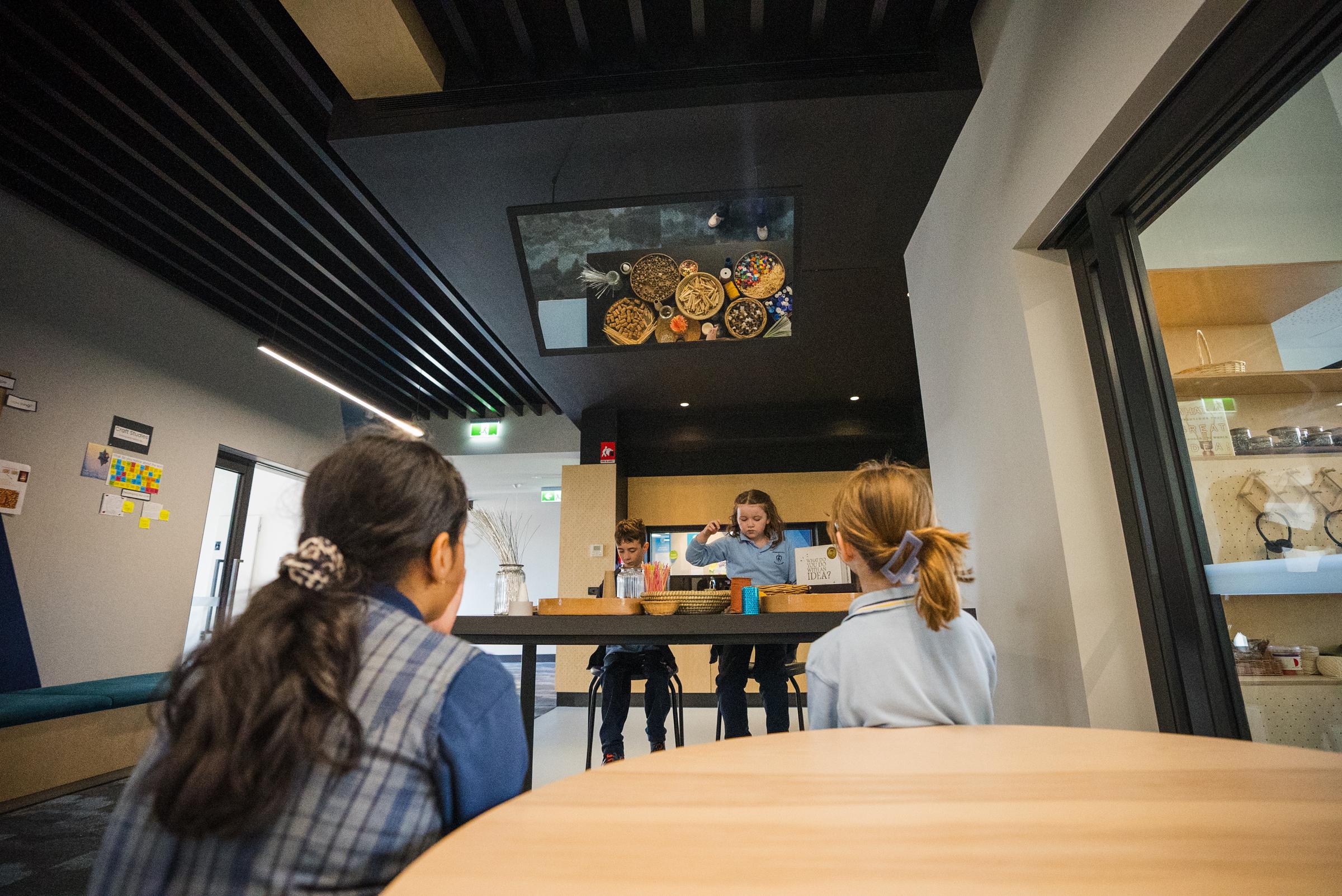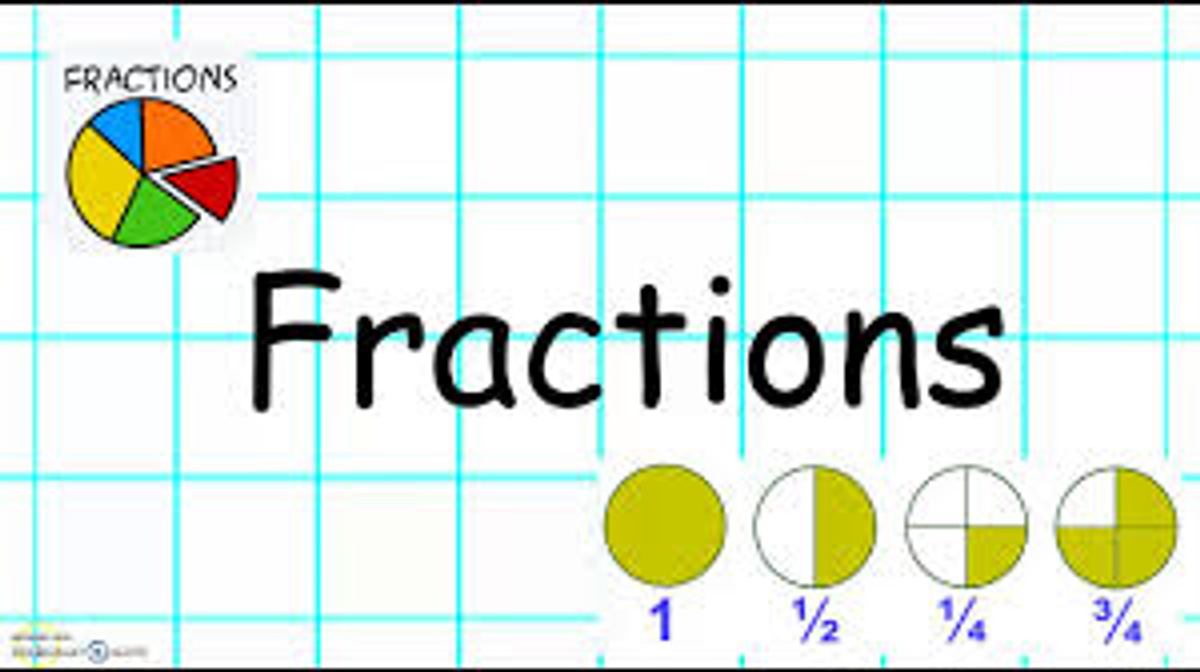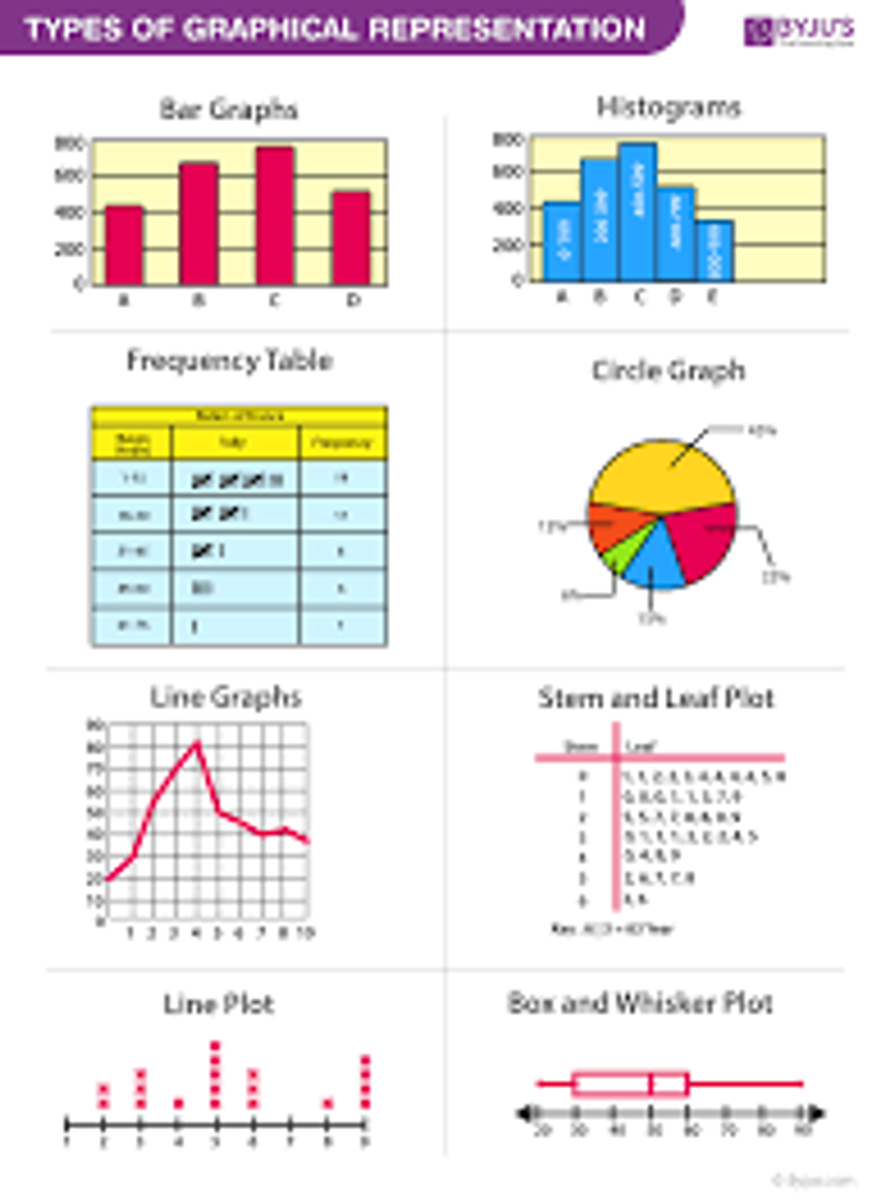Learning & Teaching

Literacy News
This term, our children will be honing their writing skills, with a school-wide focus on writing conventions that include grammar, spelling, and punctuation.
P-2 Learners
Our Prep to Year 2 children will be strengthening their comprehension skills. They will practice asking and answering both literal and inferential questions, and make connections between what they read and their own experiences (text-to-self) and other books they've read (text-to-text). They will also continue learning new letters and sounds to build their ability to read more complex words.
3-6 Learners
Children in Years 3 to 6 will be immersing themselves in novel studies. This will expose them to a rich and varied vocabulary they can then incorporate into their own writing. We will also be exploring different sentence structures, including compound and complex sentences, and exploring figurative language to make their writing more descriptive and engaging.
How Parents Can Help
Parents can support their children's literacy development at home by encouraging your child to read a variety of texts and discussing what they have read. You can also make writing a fun part of your daily life by creating shopping lists together or writing short notes to family members.
Maths News
Data Collection
The Prep children are learning how to collect, sort, and compare data represented by objects and images. They have been working on simple investigative questions with only two possible outcomes, focusing on situations that are familiar and meaningful to them. Through hands-on activities, children are developing skills to organise information clearly, make comparisons, and talk about what they notice. They are learning to explain their thinking, share observations with peers, and recognise patterns in the data they collect.
At Home:
- Ask simple investigative questions: Use everyday situations, such as “Do more people in our family like apples or oranges?” or “Are there more red or blue toys in your room?”
- Collect and sort objects: Help your child gather items like buttons, toys, or pencils and sort them into groups based on colour, size, or type.
- Compare groups: Encourage your child to see which group has more, less, or the same number of items, and ask them to explain their thinking.
- Use pictures and drawings: Draw simple charts or pictures to represent the data they collect, such as smiley faces for favourite snacks or shapes for types of pets.
Talk about observations: Ask questions like, “What do you notice about your results?” or “Why do you think more people chose this?”Make it playful: Turn data collection into a game — tally who wears which colour socks, count cars on the street, or record weather over a week using symbols or drawings.
The children in Years 1–2 are learning about fractions, including halves, quarters, and eighths. Through hands-on activities, they explore how objects and quantities can be divided into equal parts. They practise sharing items fairly, identifying equal parts in shapes and collections, and connecting fractions to real-life situations such as sharing food or toys. Children are also beginning to recognise the relationships between
different fractions, for example, understanding that two quarters make a half, and four quarters make a whole.
At Home:
- Share objects: When cutting sandwiches, pizza, fruit, or chocolate, ask your child to help divide them into halves, quarters, or eighths.
- Use everyday items: Encourage your child to divide collections of toys, pencils, or coins into equal groups.
- Connect fractions to stories: Use phrases like “half of the bag” or “a quarter of the juice” when talking about daily life.
- Talk it through: Ask your child to explain how they divided the items and why the parts are equal — this helps them verbalise their thinking.
The children in Year 3-6 have been learning about Data. They collect, organise, and interpret different types of data. The children are exploring how to gather information through surveys or observations, record it accurately, and display it clearly using a range of tools.
The children are using tally charts, frequency tables, spreadsheets, and digital software to organise their data. They create and compare different types of graphs, including pictographs, column graphs, and line graphs, to show information in a clear and meaningful way.
Children are interpreting data in context, identifying patterns, and describing key features such as the most common value (mode), the range, and the overall shape of data distributions. They investigate how data changes over time and learn to communicate their findings effectively.
Children plan and carry out their own investigations, from asking questions and collecting data to choosing the most effective way to present their results.
How Families Can Support at Home:
- Conduct simple surveys: Ask your child to survey family members or friends on topics such as favourite snacks, pets, or hobbies. Record the results using tally marks, lists, or charts.
- Observe and collect data: Encourage your child to gather information from the environment — for example, count types of cars on your street, record the weather each day, or track birds visiting your garden.
- Create graphs: Help your child display their data using pictographs, column graphs, or line graphs. Paper, coloured pencils, or simple digital tools (like spreadsheets) can be used.
- Compare and interpret data: Ask questions such as “Which option was chosen the most? Which was the least popular? What trends do you notice?” This builds understanding of mode, range, and patterns.Investigate changes over time: Encourage tracking data over days or weeks, such as daily temperatures, steps walked, or reading minutes, and discuss how the data changes.
- Plan small investigations: Support your child to think of a question, decide how to collect information, and choose the best way to present it. For example: “How many different coloured cars pass our house in an hour?”
- Talk through findings: Have your child explain their results and conclusions, using terms like “most common,” “range,” and “pattern,” to strengthen communication and reasoning skills.


